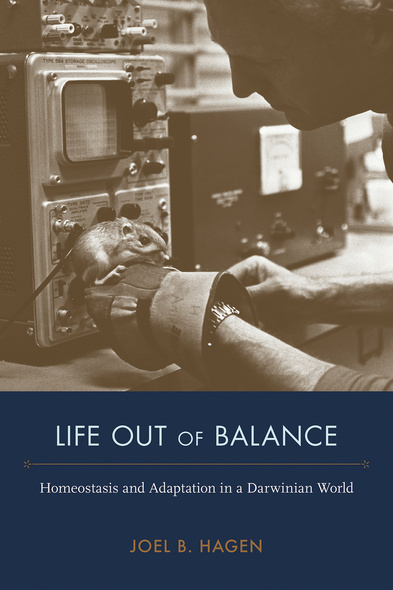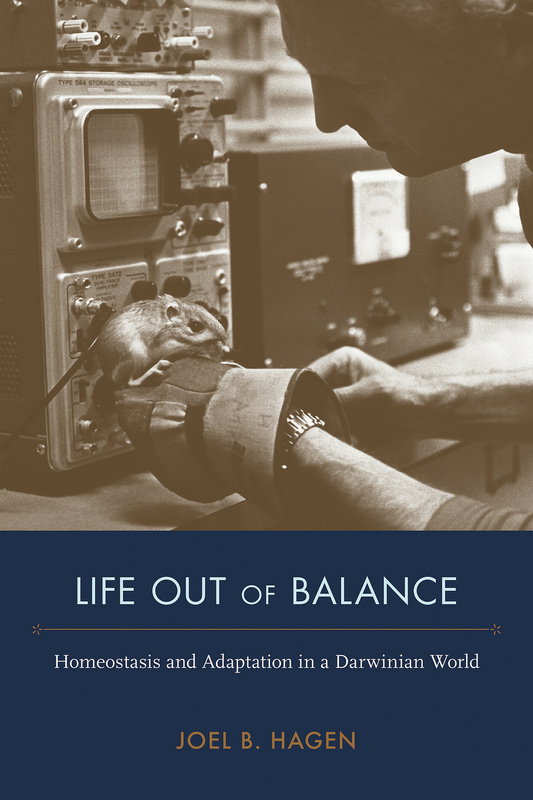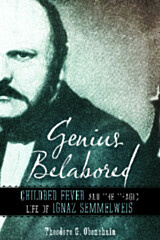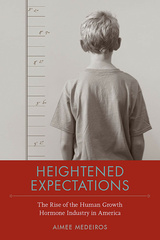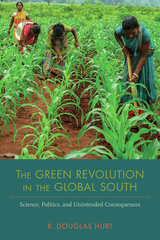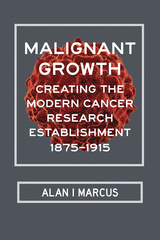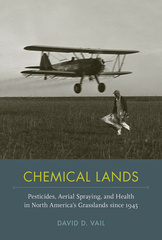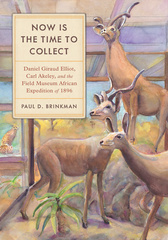Life Out of Balance
Homeostasis and Adaptation in a Darwinian World
Life Out of Balance focuses on a period in history when new ideas of self-regulation, adaptation, and fitness became central to a variety of biological disciplines. During the decades surrounding World War II, these ideas developed in several quite different contexts and led to greater debates about the merits of such models as applied to larger systems, including society at large. Particularly in its later cybernetic form, homeostasis seemed to provide new ways of discussing balance and regulation that avoided discredited approaches of earlier champions of vitalism and mechanism. It provided a common perspective and terminology for discussing self-regulating “systems,” whether biological, mechanical, or social. Although enormously fruitful and influential, homeostatic perspectives also generated numerous controversies when critics questioned the degree to which biological systems are characterized by balance and self-regulation. Resolving these controversies continues to be a challenge in modern biology.
If natural selection constitutes the first law of biology, scientists who champion homeostasis as a theoretical model claim that it is a second law, equally important and closely related to the first. Such claims notwithstanding, homeostasis has generated a series of controversies since it was formalized by Walter Cannon in the late 1920s. Critics contended that Cannon took a too-optimistic view of life, not only ignoring pathological deviations from normality but also failing to adequately explain the ability of living things to respond adaptively to environmental challenges.
Underlying these controversies was the unresolved problem of integrating physiology and other areas of functional biology with the emerging evolutionary synthesis of Mendelian genetics and Darwinian natural selection. The physiological idea of homeostasis as the adaptive “fit” between the organism and its environment and the Darwinian idea of adaptation and fitness in terms of reproductive success might seem to be complementary in an unproblematic way, but historically they have had an uneasy relationship.
Life Out of Balance provides a rich resource for biologists seeking to understand the diverse ways in which biologists have deployed or criticized the foundational concept of homeostasis.’
—Quarterly Review of Biology
‘Across deserts and tundra, from kangaroo rats to human societies, Hagen masterfully charts the history of a key concept in twentieth-century biological thought: homeostasis. Life Out of Balance uncovers the intertwined fates of ideas about self-regulation in clinical medicine, genetics, cybernetics, evolutionary theory, and more.’
—Erika Lorraine Milam, author of Creatures of Cain: The Hunt for Human Nature in Cold War America
‘What emerges from the multiple cases [Hagen presents] is how deeply the idea of homeostasis was woven into twentieth century theories in not just physiology but in ecology, genetics, and evolutionary biology. The final picture repositions well-known names in these disciplines in previously unconsidered currents and networks. In short, this is a rich and rewarding study for any historian of ecology and evolutionary biology.’
—Journal of the History of Biology
As a work of intellectual history or the history of scientific ideas, Life Out of Balance also draws on the archival record and on correspondence, bringing new and unfamiliar insights to a subject that should have been far more central in the history of the biological sciences.’
—Vassiliki Betty Smocovitis, author of Unifying Biology: The Evolutionary Synthesis and Evolutionary Biology
The idea of balance and directionality in ecological systems has a rich history but [is] usually not as well connected to the work of systematists and physiologists. The standard narrative for the midcentury period has been the rejection of physiological metaphors and superorganisms in favor of a Gleasonian ‘individualistic concept,’ nicely tied to an origin story for evolutionary ecology as a discipline. Hagen brings a welcome corrective to that history by revealing the widespread and persistent appeal and use of the idea of homeostasis across multiple fields.’
—William C. Kimler, North Carolina State University
Joel B. Hagen is professor of biology at Radford University. He is author of An Entangled Bank: The Origins of Ecosystem Ecology and coauthor of Doing Biology.
List of Figures
Foreword
Acknowledgments
Introduction
Chapter 1. Adaptation and the Wisdom of the Body
Chapter 2. Bodily Wisdom or Stupidity?
Chapter 3. Free and Independent Life
Chapter 4. Living Water
Chapter 5. Physiological Ecology from an Engineering Perspective
Chapter 6. An Experimental Naturalist in the Laboratory and Field
Chapter 7. Complexities of Thermoregulation
Chapter 8. Physiological Teamwork, Homeostasis, and Coadaptation
Chapter 9. Limits of Tolerance, Adaptation, and Speciation
Chapter 10. Adaptation, Natural Selection, and Homeostatic Populations
Chapter 11. Symbiosis and Coadaptation in Homeostatic Ecosystems
Conclusion
Notes
Bibliography
Index

